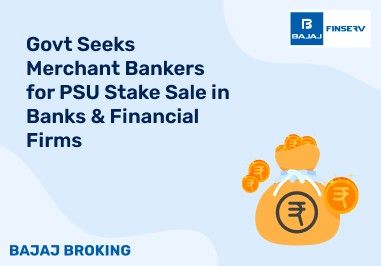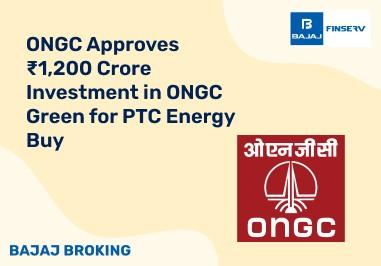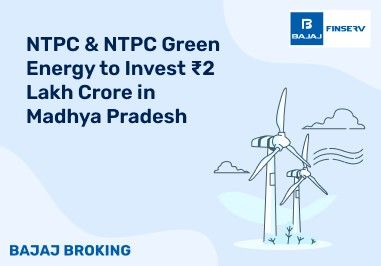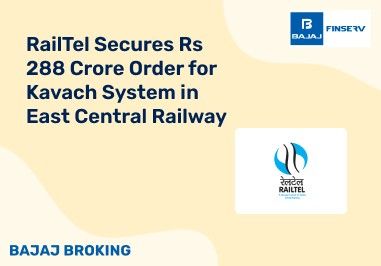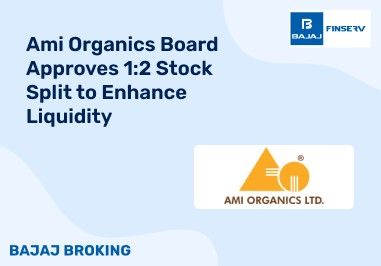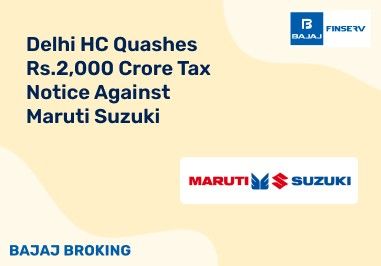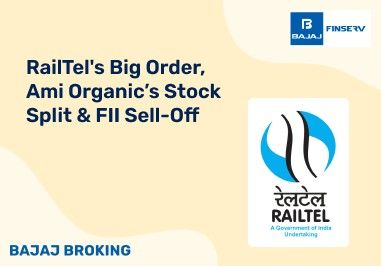BAJAJ BROKING
Shreenath Paper Products IPO is Open!
Q3 FY'25 Results of Top Companies!
Open a Free Demat Account
Trade Now, Pay Later with up to 4x
Track Market Movers Instantly
What are the IPO Eligibility Requirements? All the Details
IPO Eligibility
Launching an IPO (Initial Public Offering) is a complex process. Companies must fulfil various regulatory requirements and provide full disclosure of their financial data and other important details to investors.
If a company wants to be publicly listed in the Indian stock market, it must meet all the eligibility criteria of the Indian stock market regulator (SEBI) and stock exchanges (NSE & BSE). In this blog, we will learn the different IPO eligibility criteria in India.
Mainboard IPO Requirements
When a large company with a post-issue paid-up capital of Rs. 10 crore lists its shares through the IPO process, it is a mainboard IPO. Popular IPOs launched in recent years, including Paytm, Zomato, MobiKwik, LIC, etc., are all mainboard IPOs. These are some requirements that a company must meet before launching its mainboard IPO:
SEBI IPO Eligibility Criteria
SEBI has mentioned two routes for private companies to issue an IPO:
1. Entry Norm I or Profitability Route:
The company must have at least Rs. 1 crore in net worth in the last three years
The company's net tangible assets should be at least Rs. 3 crore in the last three years
For fresh issues, the cash or cash equivalent tangible assets should be less than 50%
Its average operating profit should be at least Rs. 15 crore (pre-tax) in three years out of the last five years
If the company changed its name, 50% of revenue from the previous year should be generated under its new name
Before the issue, the pre-issue valuation should not be more than five times the company’s net worth
2. Entry Norm II or QIB Route:
In this route, the IPO should be offered in a book-building process
Companies have to allocate at least 75% of the total IPO offer to qualified institutional buyers
If the minimum allotment requirements are not met, the company have to refund the IPO subscription money
Additional Read: Upcoming IPO
NSE IPO Eligibility Criteria
Besides SEBI, National Stock Exchange (NSE) also has its IPO eligibility criteria for private companies:
At least one promoter of the company has a minimum of 3 years of experience in the industry
An Issuer has to submit the annual reports to the NSE for the last three financial years
For issues less than Rs. 500 crore, it must have a positive net worth
An issuer should have a post-paid-up equity of more than Rs. 10 crore
The company’s market capitalisation should be more than Rs. 25 crore
BSE IPO Eligibility
There are some other eligibility criteria for companies to list themselves in the BSE:
Issue size should be at least Rs. 10 crore
The company should have a post-paid-up equity of more than Rs. 10 crore
The company’s market capitalisation should be more than Rs. 25 crore
Other IPO Requirements
To use the name of BSE in its offer-for-sale or prospectus documents, the company have to obtain prior consent from BSE
The company need to apply with one or more exchanges and it has to select one exchange as its desired exchange
The company should make arrangements with a depository (CDSL and NSDL) to take care of the dematerialisation process before and after the IPO
Promoters need to keep their shares in demat form before filing the DRHP
Before the issue, the company need to deposit 1% of the issue amount as a deposit with the selected stock exchange
The company must have no bankruptcy proceedings admitted by NCLT or BIFR
The company applying must have been seeking IPO applications for at least 3 years. Alternatively, it could be a partnership firm converted into a company or have promoters incorporated for the period.
Additional Read: IPO Allotment Status
SME IPO Requirements
An Initial Public Offering by a small or mid-sized company is called SME IPO. As the SME companies do not have enough track records it is hard to conduct a mainboard IPO or to raise funds from financial institutions.
To allow them to raise funds, NSE and BSE allow the listing and trading of SME companies with the following eligibility criteria:
- BSE SME IPO Eligibility
To launch an SME IPO in BSE, the issuer should meet these requirements:
Eligibility | Eligibility Requirement |
Net worth | At least Rs. 1 crore for last 2 financial years |
Operating profits | Should be positive for 2 out of the last 3 fiscal years |
Leverage ratio | Less than 3:1 |
Net Tangible Assets | Rs. 3 crore in the last fiscal year |
Track record (operations) | Min 3 years |
There are some additional eligibility for Microfinance and Broking Companies:
Additional criteria for Microfinance Companies:
Client Base | More than 10,000 |
Asset Under Management | More than Rs. 100 crore |
Public Deposit | None |
Additional IPO Eligibility Criteria for Broking Companies:
Net Tangible Assets | Rs. 3 crore as last audited financial report |
Net Worth and Profit | At least Rs. 5 crore each in any 2 out of 3 fiscal years Or Minimum net worth of Rs. 25 crore in any 3 out of 5 fiscal years |
Post issue paid up capital | Rs. 3 crore |
NSE SME IPO Eligibility
NSE also has its IPO eligibility in India for SME IPOs:
The issuer should be registered in India under the Companies Act 1956 or Companies Act 2013.
Promoters should jointly or individually hold a minimum of 20% of the share capital (post-issue).
The company has to present their track records (operations) of at least three years.
One of the promoters has at least 3 years of experience in the industry.
The company’s operating profit and net worth should be positive in at least 2 out of 3 financial years.
There should be no petitions from the National Company Law Tribunal (NCLT).
In this blog, you have learned the most important IPO Eligibility for the public listing of a privately owned company. To protect public interest, regulatory bodies including the Securities and Exchange Board of India and the stock exchanges place strict regulations on companies about to go public. This provides the benefit of transparency, liquidity and a fair chance to investors.
To apply for an IPO you need a demat account. Open your demat and trading account with Bajaj Broking and get a simplified and faster IPO application.
Disclaimer: Investments in the securities market are subject to market risk, read all related documents carefully before investing.
This content is for educational purposes only. Securities quoted are exemplary and not recommendatory.
For All Disclaimers Click Here: https://bit.ly/3Tcsfuc
Share this article:
Read More Blogs
Our Secure Trading Platforms
Level up your stock market experience: Download the Bajaj Broking App for effortless investing and trading



